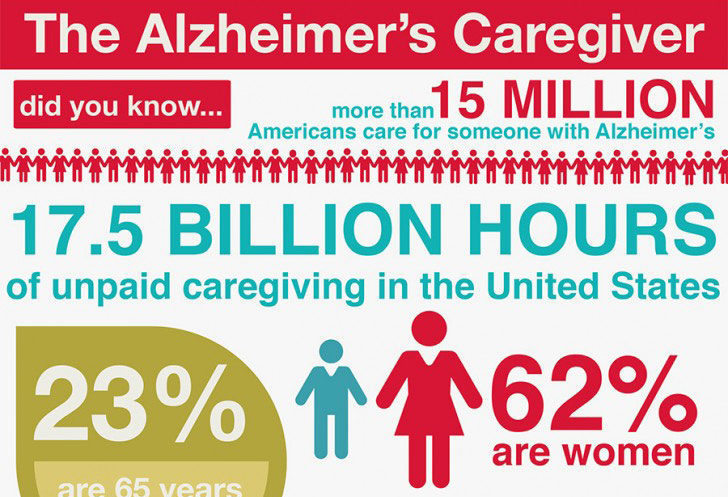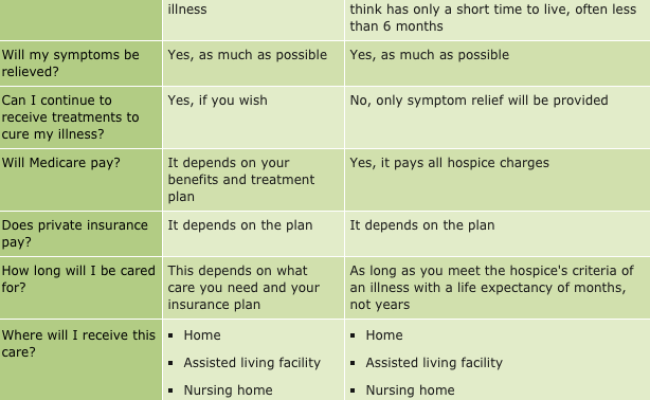
Medicare Part A is the senior health insurance program. The program is free but you need to be aware of certain details. In this article, we will discuss the details of Medicare Part A enrollment, its premiums, and the types of Coverage it provides. Learn more about the coinsurance and deductible that you might have to pay when enrolling in Medicare Part A. Contact us with any questions.
Enrollment in Medicare Part A
Enrollment in Medicare Part A can be done on an annual basis or during special enrollment periods. Some life events, or circumstances may trigger special enrollment times. Low income individuals can apply for Medicare Part A enrollment at no cost. A program known as qualified Medicare beneficiary (QMB) may allow you to receive premium-free Part A Medicare if you have not had insurance.
Medicare Part A's Costs
Medicare plans require beneficiaries to pay a monthly fee. The amount can vary depending upon the plan and individual's income. In addition to the monthly fee, beneficiaries will be required to pay an annual deductible, which in most cases is $233 in 2022. Other out-ofpocket expenses include coinsurance or copayments. In addition to these deductibles, there may be other costs associated with Medicare, including out-of-pocket expenses for prescription drugs.

Medicare Part A Coverage
Medicare Part A, B and C cover many services. However, in 2022 and beyond you will likely incur out-of pocket costs. Medicare Advantage plans are the solution. These plans include Medicare Parts B, A, and B. They can also be used by private providers. These plans offer supplemental benefits, which is why they are called such. Original Medicare can cover many services but each part covers a specific one. If you are unsure about which service you need, you can read the following to find out what is covered and what you will have to pay.
Medicare Part A Premiums
The monthly premium for Medicare Part A is not paid by most people. However, those who have already paid taxes will need to pay a premium each month to keep their coverage. The premium for uninsured older people will increase to $499 a year by 2022. Based on age and gender, premiums will continue to rise. There are several ways to avoid paying the premiums. Here are some alternatives to consider.
Medicare Part B Premiums
A change in the law governing Medicare Part B has caused the premiums for Part B to increase and deductibles to go up for 2016. The bipartisan budget law of 2015, which was approved in December, had a significant effect on the formula used for calculating premiums. These are the things you should keep in mind as you calculate your Part B premiums. These changes will affect both traditional and Medicare Advantage enrollees.
Medicare Part A Part A enrollment is open early
Medicare coverage is available to eligible individuals. You can start receiving benefits as soon January 1st if you're eligible. Medicare recipients have access to special enrollment periods. You can sign up to Part A while you are employed or after eight months of leaving your group health plan. You are eligible to both Medicare Parts A & B. You can sign-up yourself or your spouse in either period. If your group coverage ends, you may delay signing up to Part B.

Medicare Part B Requirements
Premium-free Medicare Part A is only available to those who are entitled based upon their earnings over a set number of quarters. Application for Railroad Retirement Board or Social Security benefits must also be made. A person can sign up for premium-free Medicare A Part A, in some cases regardless of whether they are 65, disabled, or have End Stage Renal Disease. Those with more than 100 employees are required to pay premiums until they turn 65.
FAQ
What information should I have about immunizations
Immunization refers the process of activating an immune response in response to a vaccine. The body responds to the vaccine by making antibodies (immunoglobulins) that protect against infection.
Why do we need medical systems at all?
In developing countries, many people lack basic medical care. Many of these people die from infectious diseases such as tuberculosis and malaria before they reach middle age.
Most people in developed countries have routine checkups. They also visit their general practitioners to treat minor ailments. But many people still suffer from chronic illnesses like diabetes and heart disease.
What are the different health care services?
A health care provider is a medical institution that offers healthcare services for patients. A hospital is an example. It often includes multiple departments such as the emergency and intensive care units, pharmacy, outpatient clinics, and other healthcare facilities.
Statistics
- For instance, Chinese hospital charges tend toward 50% for drugs, another major percentage for equipment, and a small percentage for healthcare professional fees. (en.wikipedia.org)
- Foreign investment in hospitals—up to 70% ownership- has been encouraged as an incentive for privatization. (en.wikipedia.org)
- About 14 percent of Americans have chronic kidney disease. (rasmussen.edu)
- Healthcare Occupations PRINTER-FRIENDLY Employment in healthcare occupations is projected to grow 16 percent from 2020 to 2030, much faster than the average for all occupations, adding about 2.6 million new jobs. (bls.gov)
- Over the first twenty-five years of this transformation, government contributions to healthcare expenditures have dropped from 36% to 15%, with the burden of managing this decrease falling largely on patients. (en.wikipedia.org)
External Links
How To
What are the 4 Health Systems
The healthcare system is a complex network of organizations such as hospitals, clinics, pharmaceutical companies, insurance providers, government agencies, public health officials, and many others.
The ultimate goal of the project was to create an infographic that would help people to better understand the US health system.
These are some of the most important points.
-
Healthcare spending is $2 trillion annually, representing 17% of the GDP. This is almost twice as large as the entire defense budget.
-
Medical inflation reached 6.6% last year, higher than any other consumer category.
-
On average, Americans spend 9% of their income on health costs.
-
Over 300 million Americans are uninsured as of 2014.
-
Although the Affordable Care Act (ACA), has been passed into law, it is not yet fully implemented. There are still many gaps in coverage.
-
A majority of Americans believe that there should be continued improvement to the ACA.
-
The US spends more money on healthcare than any other country in the world.
-
If every American had access to affordable healthcare, the total cost would decrease by $2.8 trillion annually.
-
Medicare, Medicaid, private insurers and other insurance policies cover 56%.
-
People don't have insurance for three reasons: they can't afford it ($25 Billion), don’t have enough time to search for it ($16.4 Billion), and don’t know about it ($14.7Billion).
-
HMO (health care maintenance organization) is one type of plan. PPO (preferred provider organizational) is another.
-
Private insurance covers most services, including doctors, dentists, prescriptions, physical therapy, etc.
-
Public programs provide hospitalization, inpatient surgery, nursing home care, long-term health care, and preventive services.
-
Medicare is a federal program which provides senior citizens with coverage for their health. It covers hospital stays, skilled nursing facilities stays, and home care visits.
-
Medicaid is a state-federal joint program that provides financial help to low-income persons and families who make too many to qualify for any other benefits.